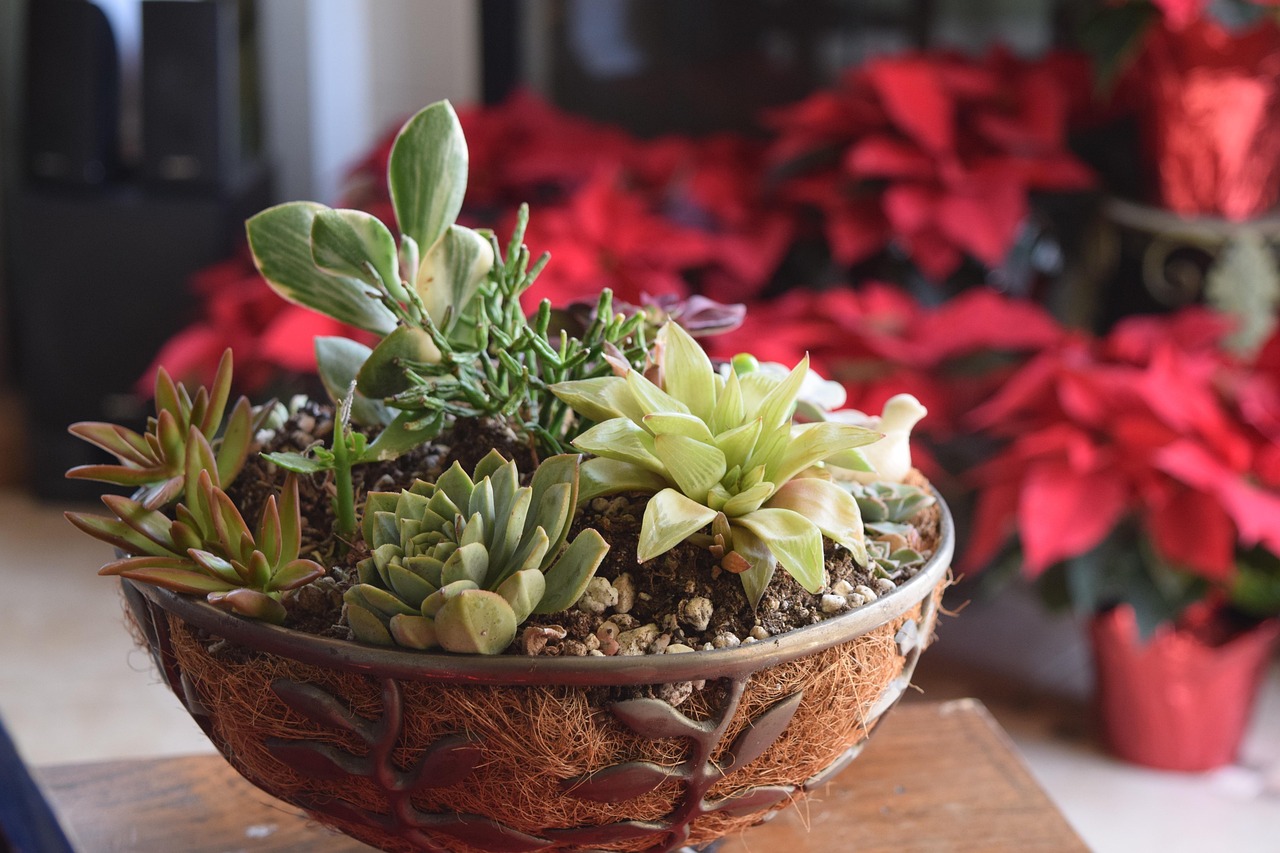Succulent Home Decor Ideas
Succulents bring a clean, modern touch to any space while staying easy to care for. Their unique shapes, colors, and textures make them versatile for both simple and creative designs. You can use succulents to add natural style to your home without needing high maintenance.
You can place them in terracotta pots for a classic look, arrange them in glass containers for a modern feel, or even create vertical displays on walls. Their ability to thrive in small spaces makes them perfect for shelves, tables, and windowsills. With the right mix of containers and placement, you can turn these plants into eye-catching accents in any room.
Succulents also work well as statement pieces. A large arrangement on a dining table, a hanging planter in the kitchen, or a living wall in the entryway can instantly refresh the atmosphere. Their adaptability gives you plenty of options to match your personal style.
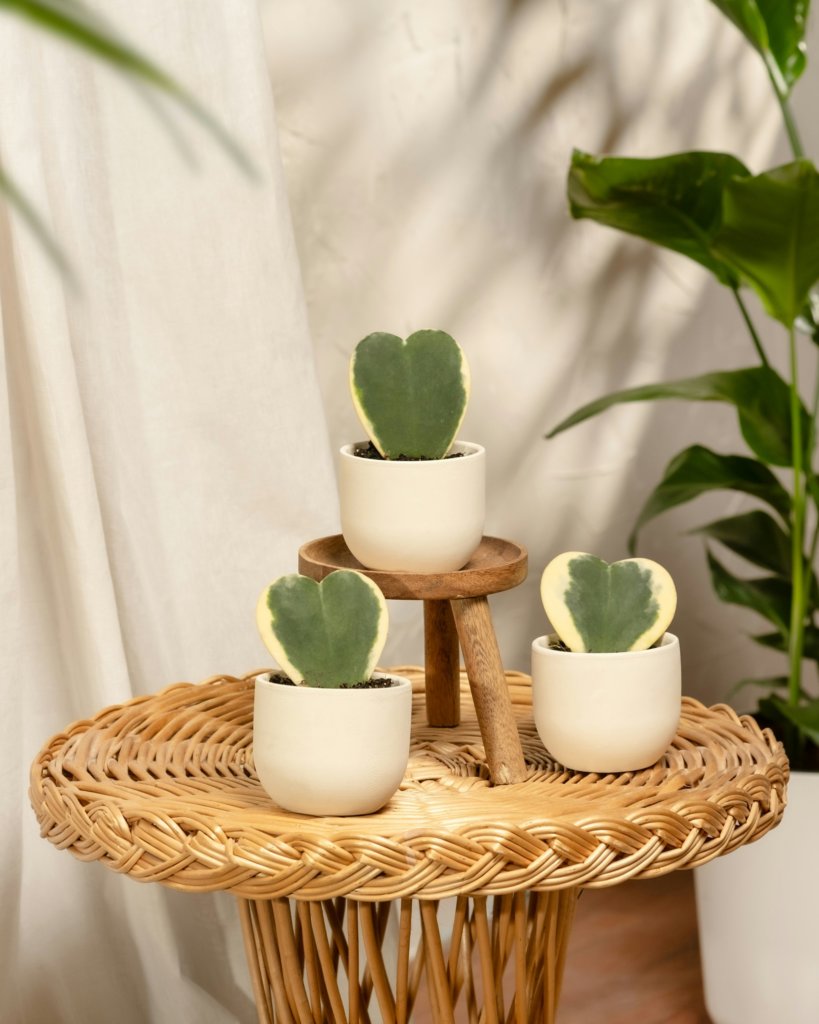
Key Takeaways
- Succulents add natural style to your home with little upkeep
- Simple containers and creative arrangements make them versatile
- Statement displays can transform any room into a fresh space
Fundamentals of Succulent Home Decor
Succulents add greenery to your space while requiring little upkeep. They work well with many design styles, and their wide range of shapes and colors makes them versatile for decorating. Simple care routines and the right containers help them thrive indoors.
Benefits of Decorating With Succulents
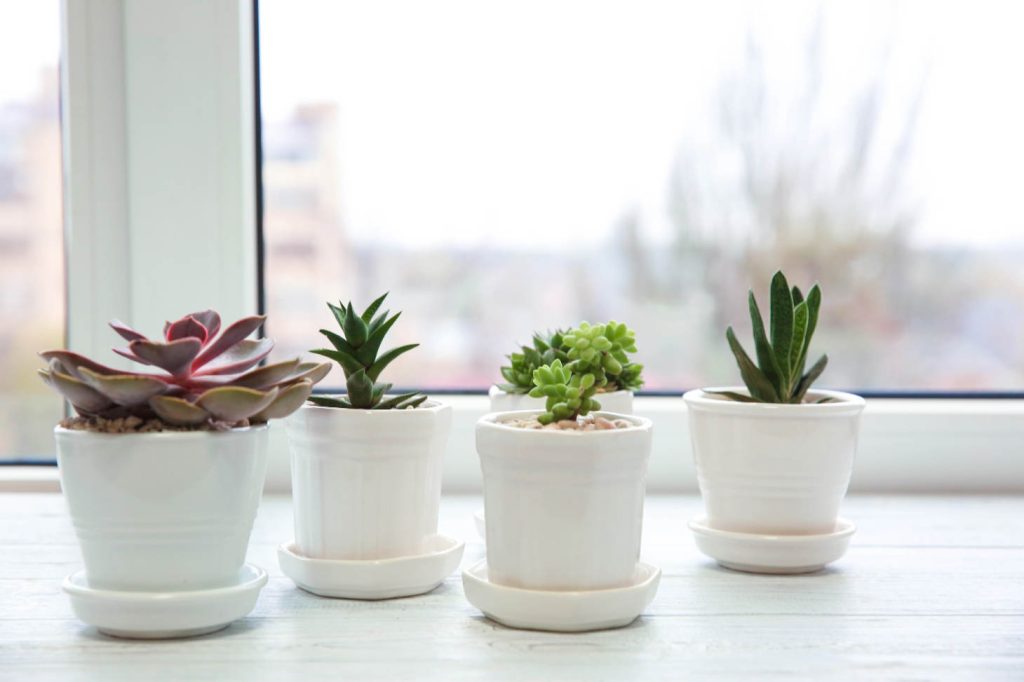
Succulents are low-maintenance plants that store water in their thick leaves. This makes them ideal if you forget to water often or live in a dry climate. You only need to water them sparingly, which reduces daily care.
They also fit into many home decor styles, from modern to rustic. Their compact size allows you to use them in small spaces like desks, shelves, or windowsills. Larger varieties can serve as centerpieces on tables or entryways.
Succulent plants also improve indoor spaces by adding texture and natural color. Unlike cut flowers, they last much longer and continue to grow. Their durability makes them a practical choice for both beginners and experienced plant owners.
Popular Succulent Varieties for Home Decor
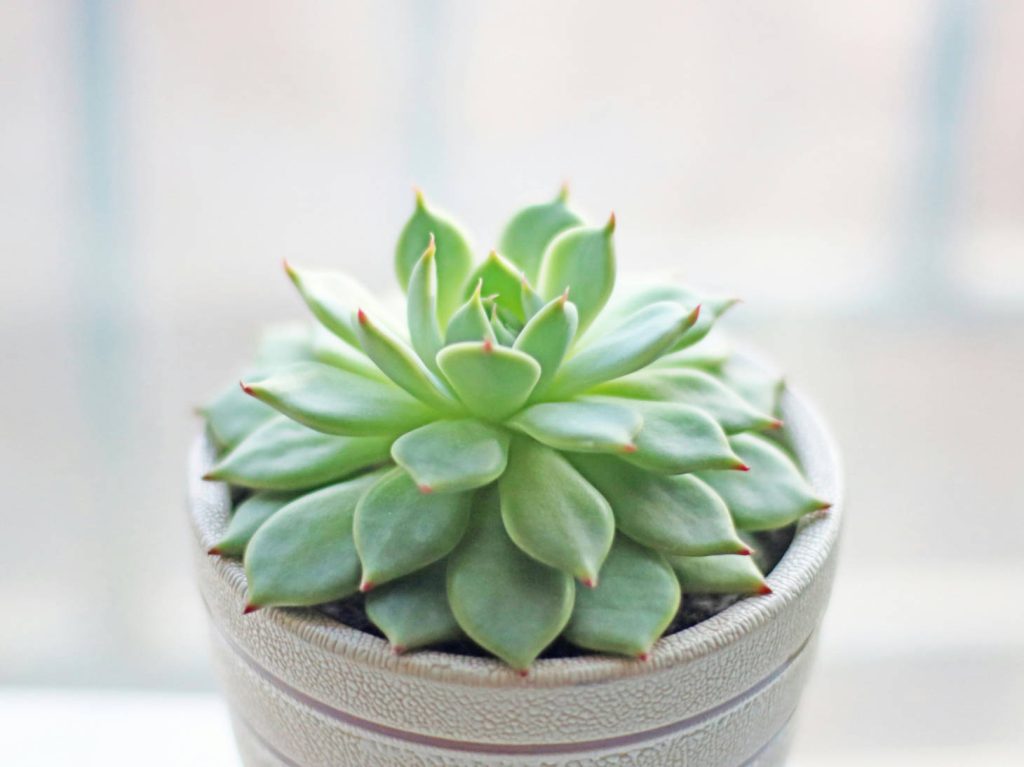
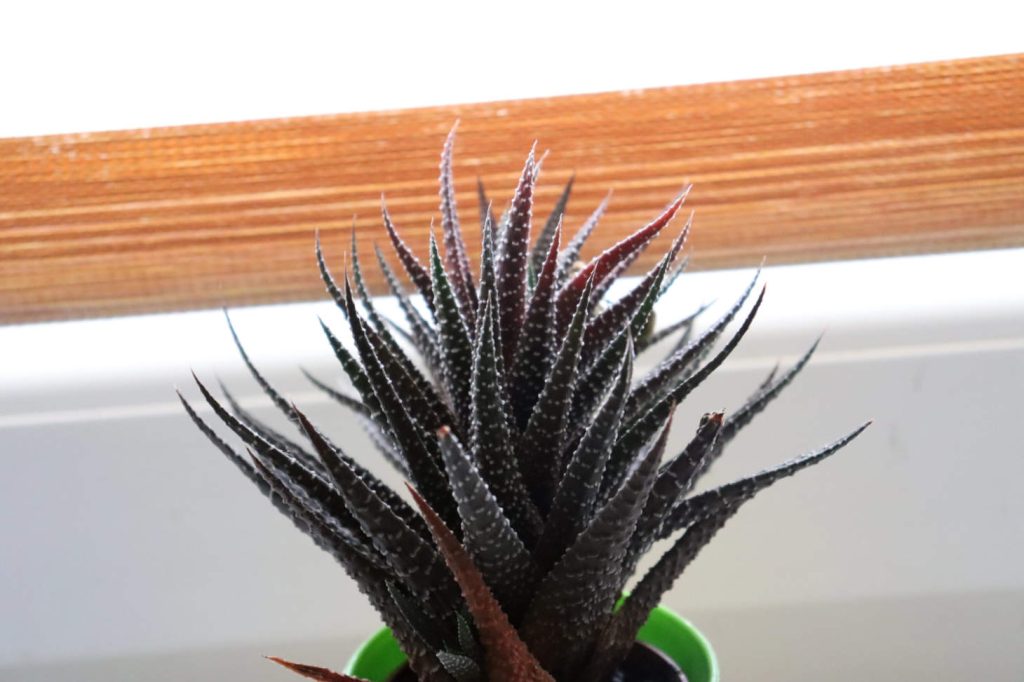
Many types of succulents adapt well indoors. Echeveria is one of the most common, known for its rosette shape and wide color range. Haworthia has striped or spotted leaves and stays small, making it perfect for desks or side tables.
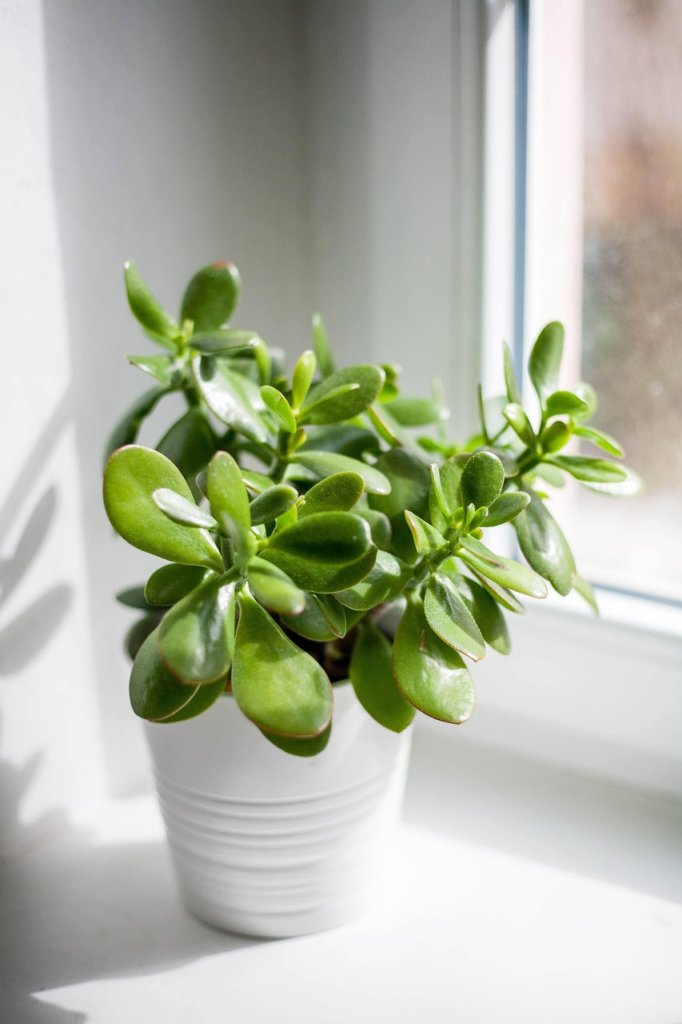
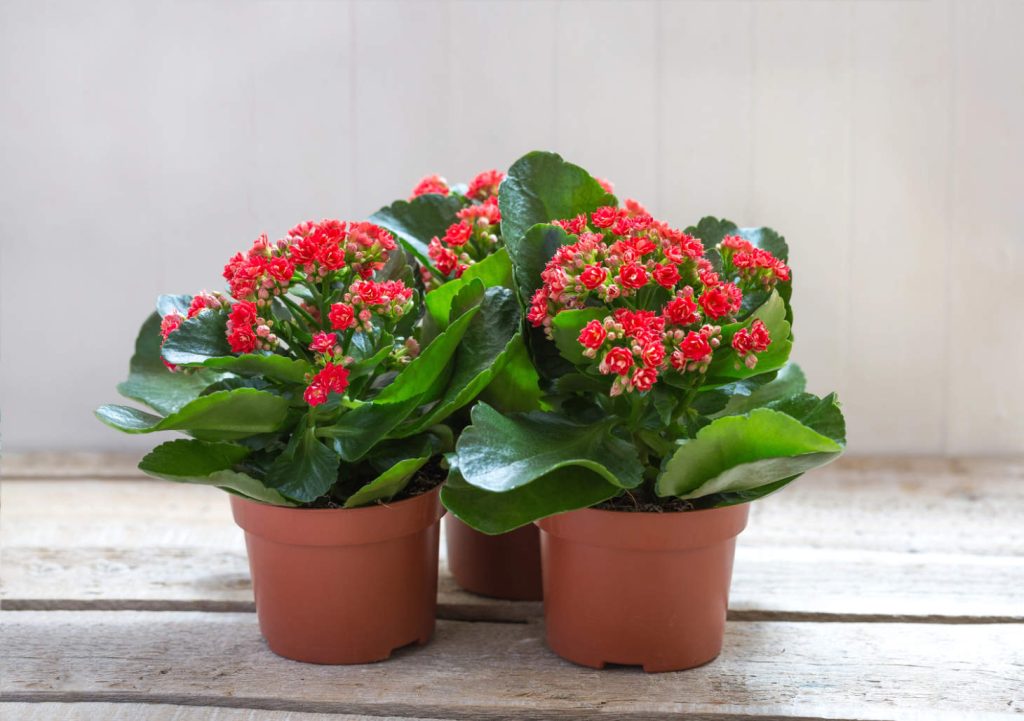
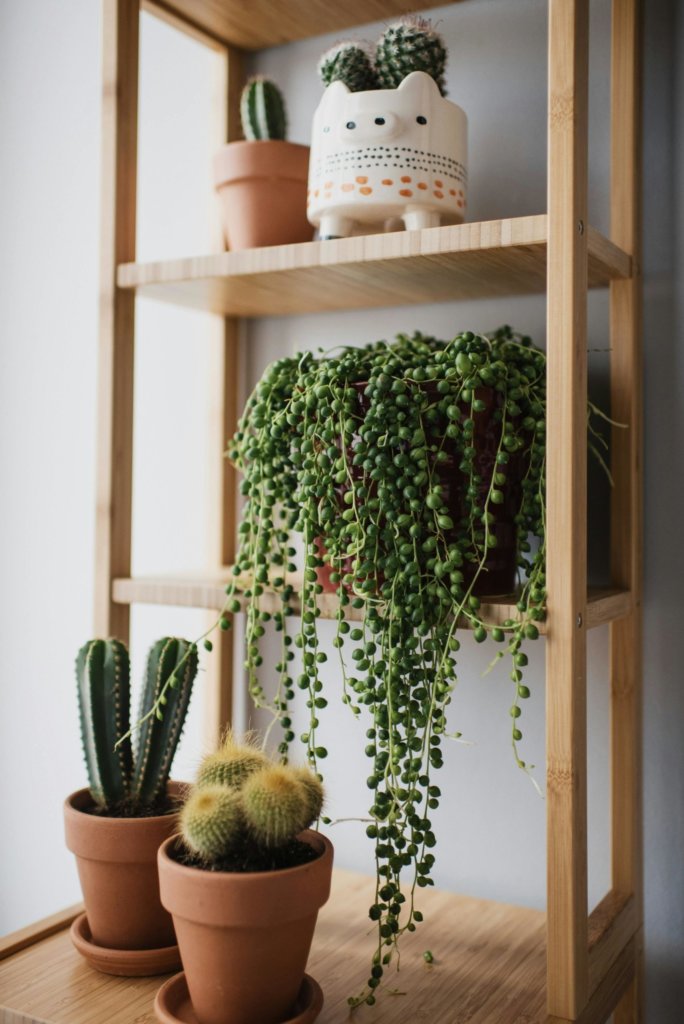
Crassula, including the jade plant, can grow into a small tree over time. Kalanchoe offers colorful blooms, while string of pearls trails down containers for a hanging effect. These give you options for both vertical and horizontal displays.
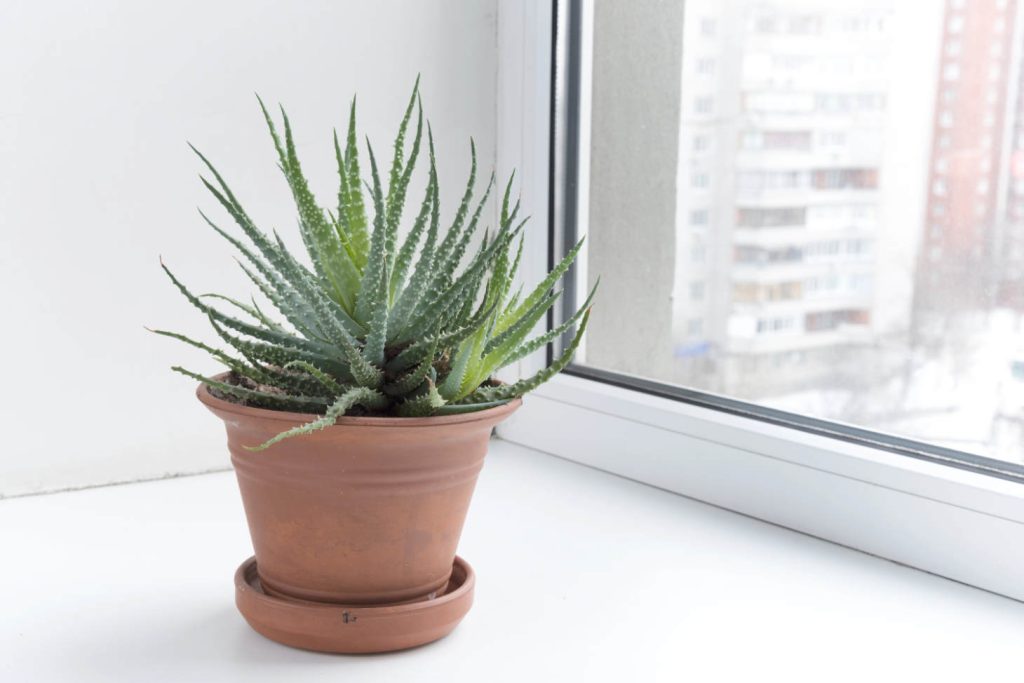
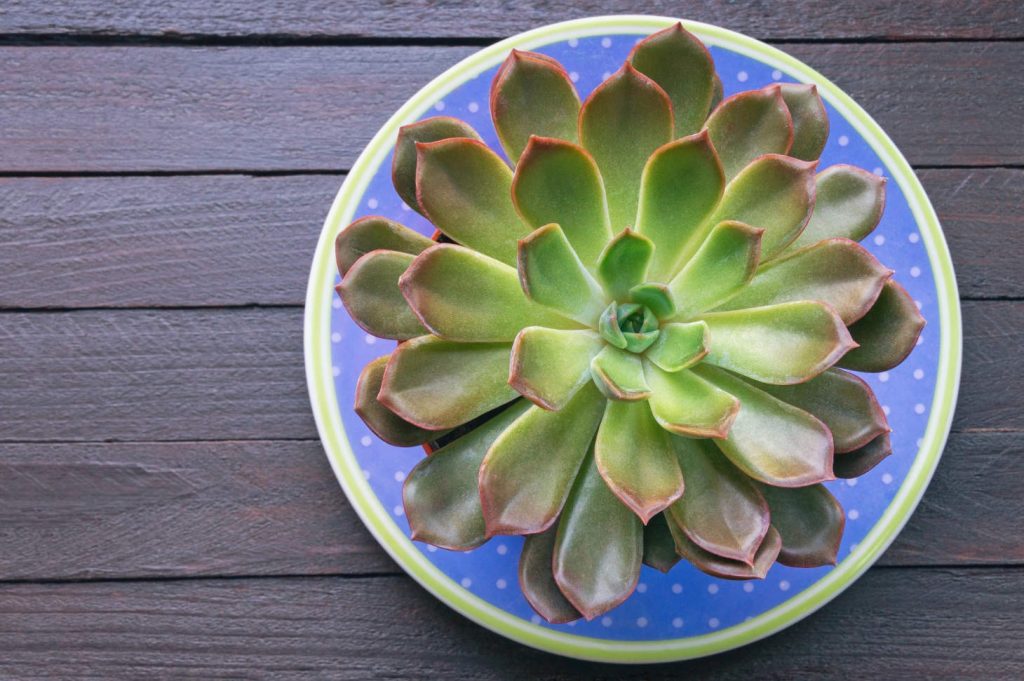
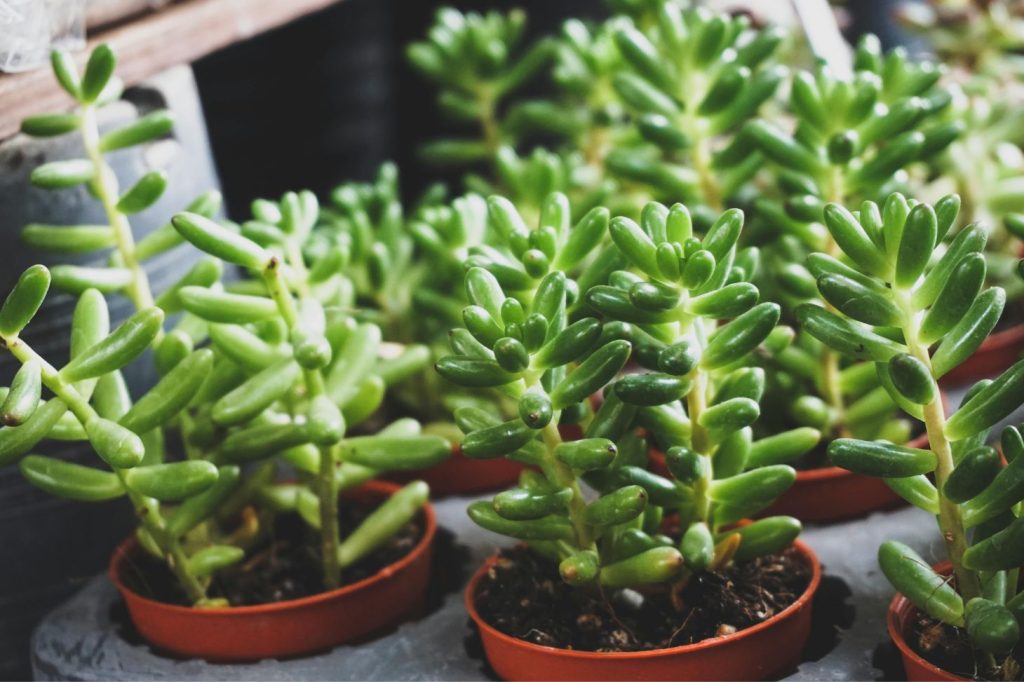
You might also consider aloe, which has both decorative and practical uses. Sempervivum and sedum varieties are hardy and come in different textures. Mixing these plants creates contrast in size, shape, and color, giving your arrangement more depth.
Choosing the Right Succulent Containers
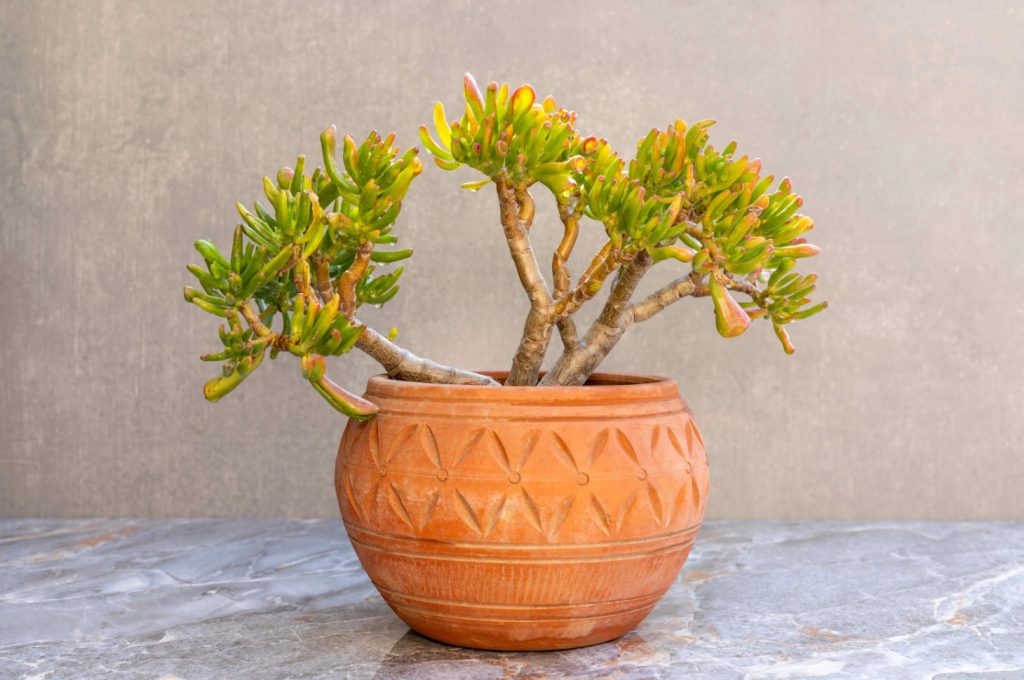
The container you choose affects both the look of your decor and the health of your plants. Clay or terracotta pots allow soil to dry faster, which helps prevent root rot. Containers with drainage holes are best because succulents do not tolerate sitting in water.
For a modern style, use glass terrariums or sleek ceramic pots. For rustic decor, wooden boxes or stone containers work well. You can also group several small succulents in a shallow tray for a centerpiece.
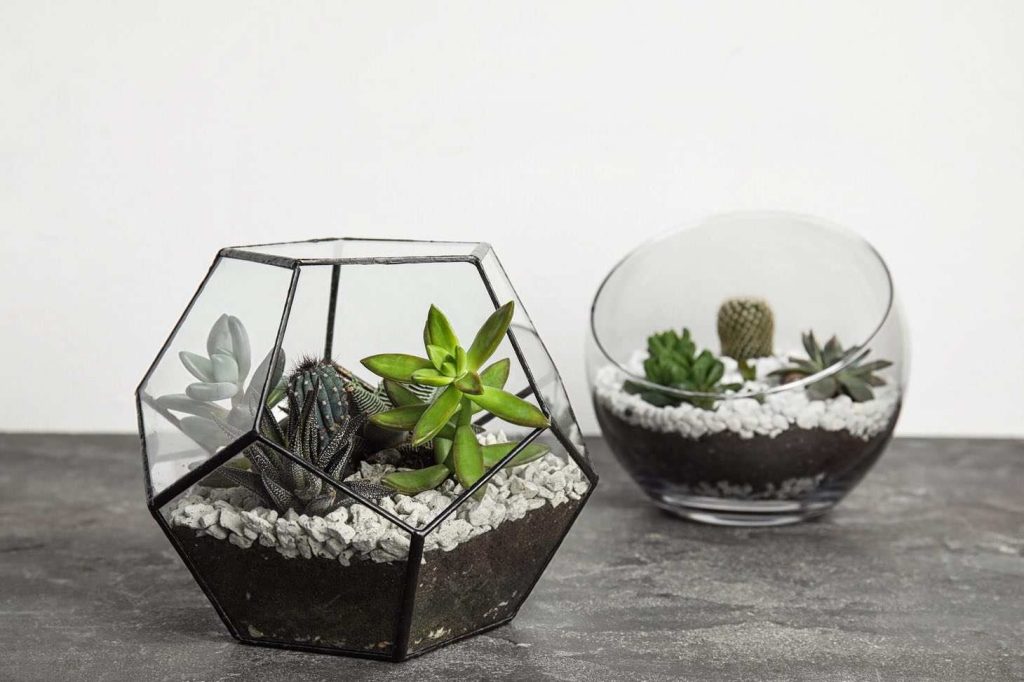
While terrariums can be very stylish, they don’t have drainage holes. This means they require more careful watering and aren’t typically recommended for beginners, as the lack of drainage can easily lead to root rot. If you choose to use one, be extra mindful of how much you water your succulents.
When planting, use a well-draining soil mix. Adding perlite or coarse sand improves drainage. Avoid heavy garden soil, as it holds too much moisture and can damage the roots.
Essential Care Tips for Indoor Succulents
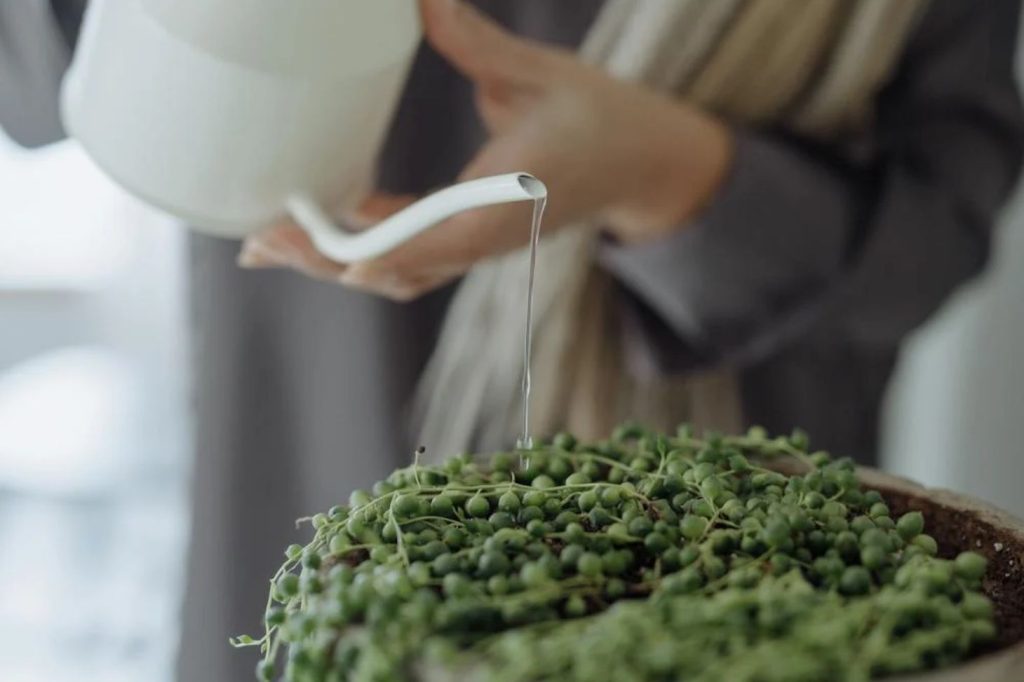
Succulents need bright, indirect light for several hours a day. A south- or east-facing window usually provides the right amount. Without enough light, they may stretch and lose their compact shape.
Water only when the soil is completely dry. A simple rule is to water deeply, then let the soil dry out before watering again. Overwatering is the most common mistake with indoor succulents.
Keep them in temperatures between 60–80°F, which suits most homes. Rotate your containers every few weeks so the plants grow evenly. With these steps, your succulents will stay healthy and continue to enhance your home decor.
Creative Succulent Arrangement Ideas
You can use succulents in many ways to add greenery to your home. Simple planters, grouped bowls, and compact displays work well in different rooms and make it easy to enjoy an indoor succulent garden without needing much care.
Tabletop Succulent Displays
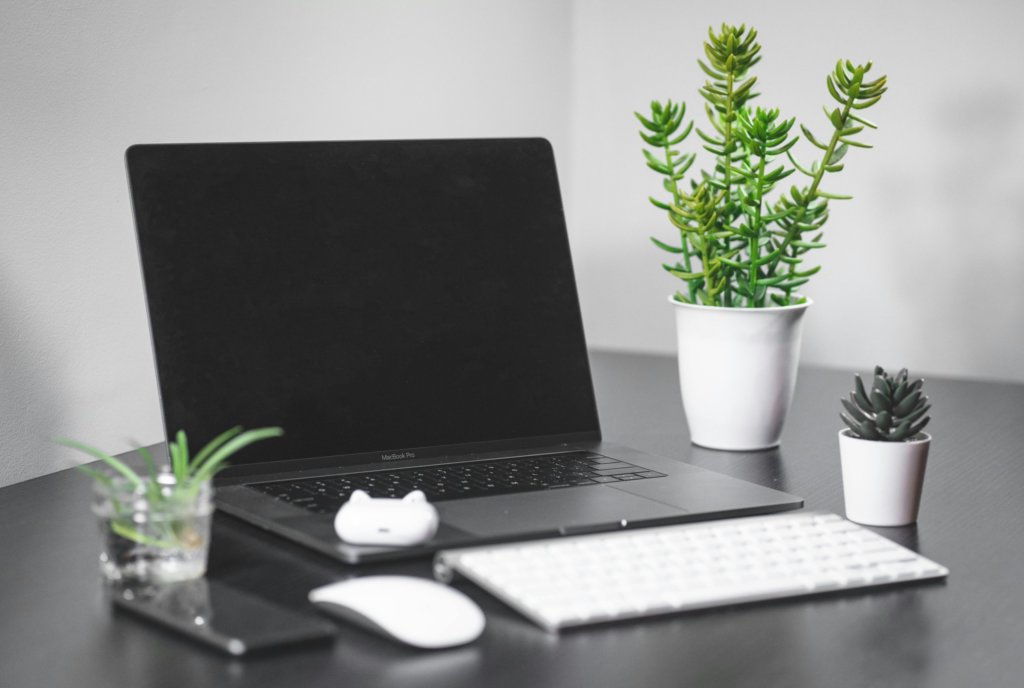
Tabletop succulent displays fit well on dining tables, coffee tables, or desks. You can use shallow trays, ceramic pots, or even wooden boxes as containers. A mix of tall and trailing succulents creates balance and adds depth to the arrangement.
For a clean look, place a single large succulent in a small planter. If you prefer variety, group 3-5 small succulents of different shapes and colors in one container. Keep spacing in mind so plants have room to grow.
Adding decorative stones, sand, or moss can help finish the display. These materials highlight the plants while keeping soil hidden. Because succulents need bright light, place the display near a window or under a lamp that provides indirect sunlight.
Succulent Bowls and Mixed Planters
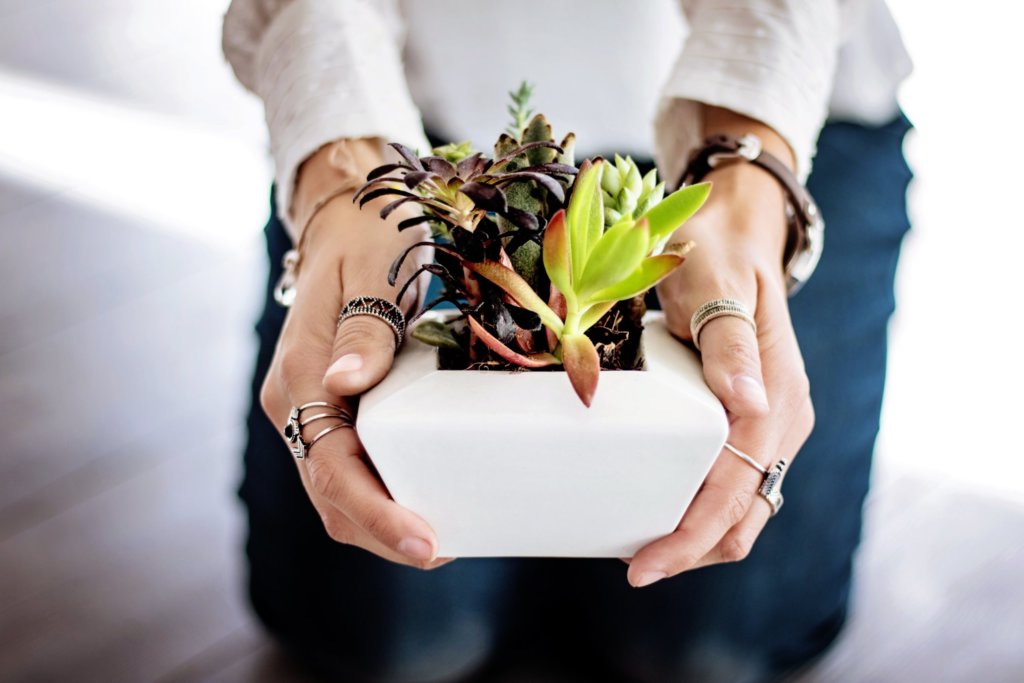
Succulent bowls allow you to combine several plants in one wide container. A shallow ceramic or concrete planter with drainage holes is ideal.
When mixing succulents, choose varieties with different leaf shapes and heights. For example:
- Tall focal point: Aloe or echeveria
- Medium fillers: Haworthia or jade plant
- Trailing accents: String of pearls or burro’s tail
This layering creates a natural look similar to a small succulent garden. Use a well-draining succulent mix to prevent root rot.
You can also add small decorative items like driftwood, pebbles, or shells. These details make the arrangement look more like a living centerpiece than a simple planter.
Succulent Arrangements for Small Spaces
If you have limited space, compact succulent arrangements work well. Wall-mounted planters, hanging containers, and vertical succulent displays let you enjoy greenery without taking up table or floor space.
A vertical frame lined with chicken wire or a pocket planter can hold small succulents. This creates a living wall that doubles as decor. Hanging glass terrariums with one or two succulents are another option for small rooms.
For windowsills or narrow shelves, use mini succulent planters. Small ceramic pots or repurposed containers like teacups keep the arrangement simple while still adding color. Because these planters dry out quickly, water lightly but more often than larger succulent bowls.
Statement Succulent Decor for Every Room
Succulents can become more than small tabletop plants when you use them in bold displays. You can turn walls, ceilings, and even doorways into living features that add greenery while staying low-maintenance.
Living Wall and Vertical Succulent Gardens
A living wall creates a strong focal point and saves floor space. You can mount shallow boxes, modular panels, or frames filled with a specialized growing medium and succulents onto a wall. Choose hardy varieties like echeveria, jade, or sedum since they tolerate shallow roots.
Place your vertical garden in a bright spot with indirect sunlight. Kitchens, patios, or entryways work well because they provide both light and visibility.
For a clean look, arrange plants in rows or color patterns. To make it more natural, mix different leaf shapes and textures. You can also combine succulents with moss or small ferns for added contrast.
Tip: Use lightweight frames and secure them properly to prevent damage to walls.
Hanging Succulent Planters and Macrame Displays
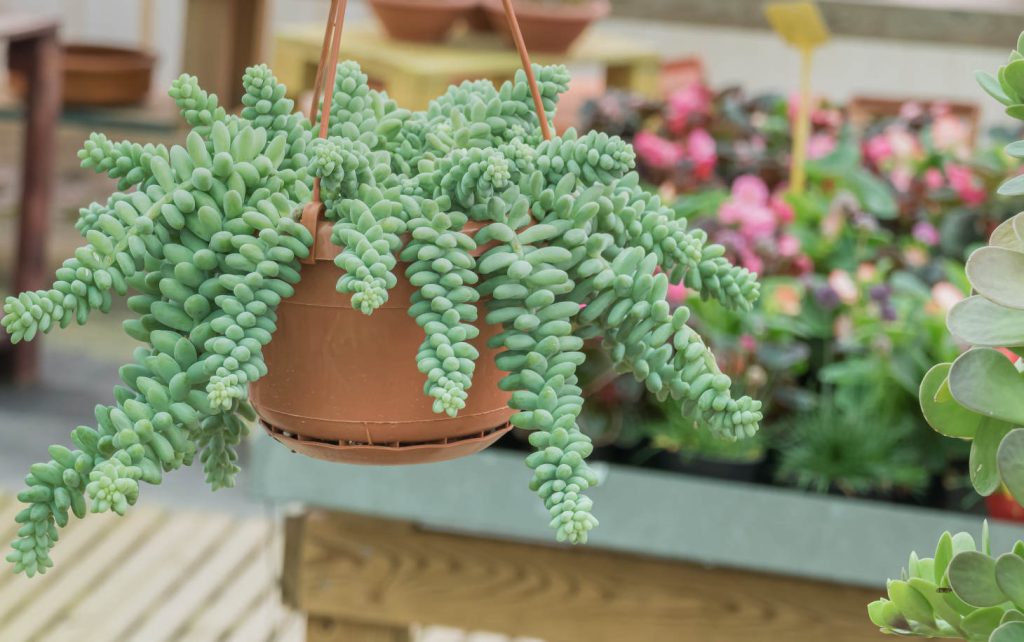
Hanging planters let you add greenery without using shelf or table space. You can plant succulents in ceramic bowls, glass terrariums, or recycled containers. Pair them with macrame hangers for a simple way to bring texture and height to a room.
Choose trailing succulents like string of pearls, burro’s tail, or string of bananas. Their draping growth looks striking from above and softens the lines of the container. For small spaces, one or two hanging planters can make a noticeable impact.
Keep placement practical. Hang them near a window with bright, indirect light light but away from direct heat vents. Use well-draining soil and containers with drainage holes to avoid root rot.
Quick list of good planter options:
- Glass terrariums for a modern look
- Clay bowls for rustic style
- Metal or wire baskets for industrial spaces
Succulent Wreaths and Living Art
A succulent wreath works as a seasonal or year-round decoration. You can build one using a wire frame filled with sphagnum moss and rooted cuttings. Over time, the plants grow together and form a dense, textured display.
These wreaths fit well on doors, patios, or as table centerpieces. They require bright light and need to be watered deeply but infrequently to stay healthy. Rotate the wreath every few weeks so all sides receive even sunlight.
Living art pieces go beyond wreaths. You can design framed succulent displays that hang like paintings. These use shallow shadow boxes or wooden frames filled with a medium like sphagnum moss. They work well in hallways, living rooms, or outdoor walls.
Best plant choices for wreaths and living art:
- Rosette-shaped echeverias
- Compact sempervivums
- Small sedums for filler spaces

